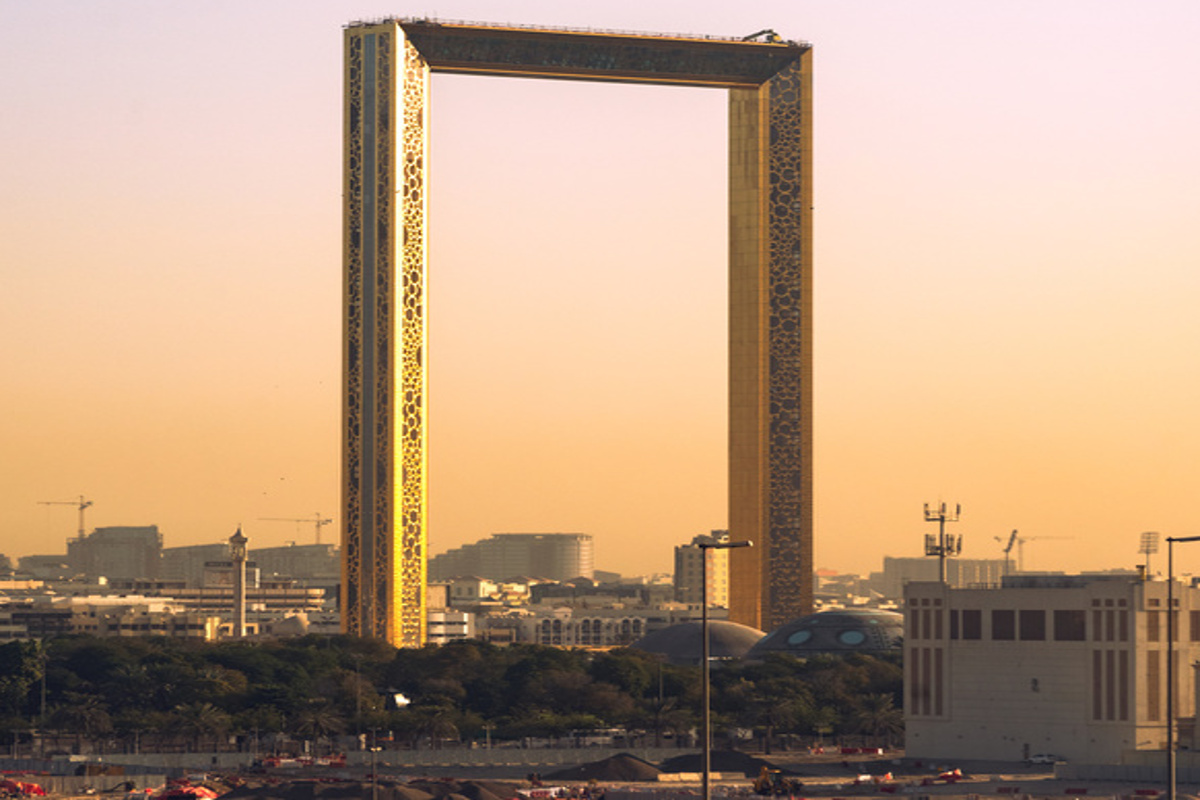According to the EU Buildings Directive (EU Directive 2010/31/EU), the lowest energy standard will apply to all new public buildings from 2019, and from 2021 also to all new private buildings. It remains to be seen how this standard will ultimately be defined and to what extent the requirements will actually be implemented. Nevertheless, the goal of keeping the energy consumption of new buildings as low as possible is already no less necessary or sensible. Self-sufficiency in electricity and heating by means of solar energy is also becoming increasingly important. Until now, conventional solar systems have unfortunately been rather bulky and aesthetically unconvincing. A new system from Ennogie is now changing this - and is competing with manufacturers of normal roofs.
Large, rectangular panels cover and tear apart the actual roof - that's what it used to look like when you wanted to heat or electrify your home with solar energy. But since February 2018, at least those who have to build a new home or provide their old one with a new roof anyway no longer have to bow to this aesthetic dictate. Since then, Danish manufacturer Ennogie has been offering a roof solution consisting of frameless solar modules. Solar modules are not simply integrated into the roof - they are the roof.
A roof made of solar modules
The 1,260 x 665 x 40 millimetre and 13.5 kilogram Ennogie roof elements are equipped with robust thin-film modules that achieve higher efficiencies with diffuse light or high temperatures than crystalline photovoltaic modules. They thus generate more constant and ultimately more electricity. The substructure for the solar roof does not differ from that of conventional roofs, so that the panels are mounted as normal by the roofer, overlapping both transversally and longitudinally like ordinary roof tiles. If a module breaks down, it can be easily replaced while the rest of the roof continues to generate electricity.
Economically and ecologically sensible
A roof module covers almost 0.75 square meters of roof area and achieves an output of 80 watts under standard test conditions. Depending on the size of the roof, a great deal of electricity is therefore generated. Ennogie advertises with the fact that the roof has already saved the CO2 emissions that arose during its manufacture within one year. In addition, the costs for the Ennogie roof pay for themselves within a few years, whereas this will never be the case with a "normal" roof. Even the maintenance effort should be low, since rain is largely sufficient for cleaning and thin layers of dust and flowers do not restrict energy production.
More than competitive
From an aesthetic point of view, the Ennogie roof eradicates architectural breaks in the form of external modules and instead creates a homogeneous roof surface. The size and glass-like surface of the panels create a unique optical feature that ultimately remains a matter of taste. Apart from the aesthetics, a convincing argument for the Ennogie roof system is not only that it refinances itself over time, but also in the pure acquisition costs. The latter should not be higher than those for normal quality roofs. Incidentally, power generation can be controlled by app - in keeping with the times.
But there is a small damper: flat roofs, which are generally not covered, unfortunately fall flat as solar roofs.



_NEU.jpg)





